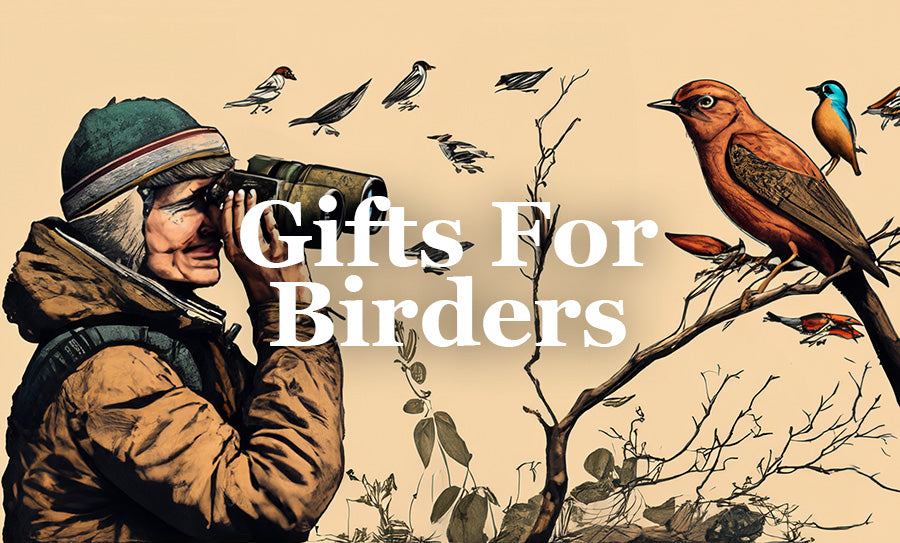This blog is supported through the affiliate links below
The Best Oil Painting Mediums to Enhance Your Artworks
Oil painting mediums can be a little overwhelming due to the sheer number of them available. What are they even? Well, they are additives that come in all types and are added to oil paint in order to change the working properties and behavior. While mediums can be useful for achieving certain effects and making the paint easier to work with, they also have their drawbacks. In this article, we'll discuss the arguments for and against using mediums in oil paintings, including the ways in which they can change the properties of the paint, the potential impact on color and finish, and their impact on the painting's longevity.

Note: This blog contains affiliate links and purchasing through them supports our site at no extra cost to you.
What are painting mediums?
Painting mediums are substances added to paint to modify their consistency, drying time, and finish. They help artists achieve desired effects, such as improved flow, increased transparency, blending, or unique textures. Understanding the right medium to use is essential for mastering various painting techniques and achieving optimal results in your artwork.
Should I use or not use mediums?
To begin, lets get all the negatives out of the way or at least the arguments that are out there for why some artists would not want to use oil mediums their paintings. This by no means should deter you from using oil mediums, but rather give you the proper knowledge to apply them responsibly.

One of the main arguments is that mediums can change the properties of the paint in the wrong kind of way. What I mean by that is they can sometimes make it more difficult for the artist to achieve their desired effect. Using mediums can make the paint more fluid and therefore easier to apply, but they can also make the paint more transparent and less opaque. When this happens, it can be an issue for certain painting styles and techniques. Mediums can also make the paint dry more quickly, which can make it difficult to harness the power of oil's long working time for achieving certain effects.
Another argument against using mediums is that they can change the color of the paint. For example, traditional oil mediums such as linseed oil and poppyseed oil can yellow over time, resulting in a painting becoming less vibrant. In addition, some artists argue that using mediums can make the paint too glossy, which can be an issue for certain painting styles that require a more matte finish.
Another worry that some artists have with the use of mediums is the risk of making a painting less archival, meaning that the painting can degrade more quickly over time. These arguments against oil mediums are the result of observing many old and historic paintings deteriorating over their lifetime from the use of poor quality mediums or improper application. It's also important to remember that the manufacturing of oil mediums has come a long ways since their inception, reducing many of the risks if properly incorporated into your work.

What are Alkyds?
Alkyd mediums, such as Liquin and Gamblin's Galkyd, are a relatively recent development in oil painting. They are made from a synthetic polymer, known as an alkyd resin, that is derived from a mixture of oils and polyester. Alkyd mediums have several differences and perhaps advantages over traditional oil mediums.
One of the main differences of alkyd mediums is that they dry much more quickly than traditional oil mediums. This means that artists can work on multiple layers of paint in a shorter period of time and complete a painting more quickly. Alkyd mediums also tend to produce a harder, more durable paint film than traditional oil mediums, making them more resistant to cracking and discoloration over time.
One advantage of alkyd mediums is that they are less susceptible to yellowing, which makes them a good choice for painting light-colored subjects. They also tend to produce a more glossy finish than traditional oil mediums, which can be desirable for some painting styles.
On the other hand, alkyd mediums do have some disadvantages. One is that they are not as flexible as traditional oil mediums, which can make them more prone to cracking over time if the painting was not done on a quality surface or gets exposed to extreme temperatures or humidity. Alkyd mediums also tend to produce a less transparent paint film than traditional oil mediums, which can make them less suitable for certain painting techniques, such as glazing. On the other hand, some artists may see that as an advantage depending on what their intention is.
In terms of longevity, traditional oil mediums tend to have a longer lifespan than alkyd mediums from what has been observed in the past. Now a lot of this is debatable as these mediums again have come a long ways in their development. Many artists today use alkyd mediums such as Liquin without issue. It's also important to note that no painting medium can guarantee a certain lifespan, as there are many more important factors that can affect the longevity of a painting, such as the quality of the paint, the surface it is painted on, and the conditions in which it is stored.

What oil medium is right for me?
Well that question is up to you to answer. The type mediums you'll prefer to use will solely depend on you as an individual artist and what you're after. There are many different types of oil paint mediums available, each with its own specific purpose and characteristics. Here is a breakdown of what each medium is and what they do:
-
Linseed oil: One of the most commonly used oil paint mediums is linseed oil, which is derived from the flax seed. Linseed oil is a drying oil, meaning it hardens over time when exposed to air. It is used to thin paint and make it more fluid, as well as to increase the gloss and transparency of the paint.
-
Poppyseed oil: This oil is similar to linseed oil in that it is a drying oil, but it dries more slowly. It is also less yellowing than linseed oil, which makes it a good choice for painting light-colored subjects.
-
Walnut oil: Walnut oil is another drying oil that is often used in oil painting. It has a slightly slower drying time than linseed oil. This oil is often used to create a more transparent effect, but can be great in small quantities for loosening up thick paint.
-
Safflower oil: Safflower oil is a non-drying oil, meaning it remains liquid even after it is applied to a surface. It is a good medium for artists who want to work wet-on-wet or create a thicker impasto effect.
-
Stand oil: Stand oil is a thick, heavy oil that is made by heating linseed oil. It is used to create a glossy, enamel-like surface on the paint.
-
Galkyd: Galkyd is a modern oil painting medium that contains alkyd resin and solvents. It is used to speed up the drying time of oil paints and to create a glossy, flat, and smooth surface.
-
Liquin: Liquin is a another medium containing alkyd resin. It also dries quickly to create a smooth, glossy surface. It is also used to thin paint and make it more fluid, but in small doses can produce a creamy consistency.
-
Liquin Impasto: Liquin impasto is a variation of the regular Liquin medium, specifically formulated to maintain the brushstrokes and palette knife marks. It will help to create a thicker, more buttery consistency and maintain the texture of impasto painting. It is designed to slow drying time to allow workability, but then cures fast after about a day or two. This is a great medium for those wanting a little bit of extra texture to give their paintings a "painterly" appearance. A similar medium to this would be Neo Meglip.
It's important for artists to experiment with different mediums and find the one that works best for them and their specific painting needs. Overall, the choice of oil paint medium will depend on the the technique used and the preference of the artist. Always test the medium first before using it in a large painting. Also, some mediums can be mixed together to achieve the desired effect, but not all will allow this.

So, how much oil medium do I add when painting?
The amount of medium that should be added to the paint can vary depending on the specific medium and the desired effect. In general, it is best to start with a small amount of medium and gradually add more if needed.
For traditional oil mediums such as linseed oil and poppyseed oil, a good rule of thumb is to add no more than 25% medium to the paint. Adding too much medium can cause the paint to become too thin and transparent, which can make it difficult to achieve the desired level of opacity. Additionally, too much medium can cause the paint to take longer to dry, which can make it difficult to work on multiple layers of paint in a short period of time.
For alkyd mediums such as Liquin, Liquin impasto, and Neo Meglip, it's best to probably add no more than 15-20% medium to the paint. Alkyd mediums a lot of times tend to cause the paint to become too fluid, which can make it difficult to control the brushstrokes.
Different mediums can have different viscosities and consistency, therefore it can't be stated enough to test the medium before using them on a large painting. Also, keep in mind that adding too much medium can affect the final result of the painting and lead to uneven drying. So again, take it slow and use mediums to make small adjustments at a time.

Beyond all of that, I think that just about covers the basics. Oil mediums can be a very useful tool and I encourage you to test a few varieties out. In the end, there is really no right or wrong answer so don't sweat it too hard and enjoy the process!
Grow Your Painting Skills and Resources
Instant access to 1000s of royalty-free reference photos of landscapes and wildlife as well as step by step oil painting videos. Checkout My Memberships for more info.

I'm Chuck Black, landscape and wildlife artist based in Southwest Montana.





